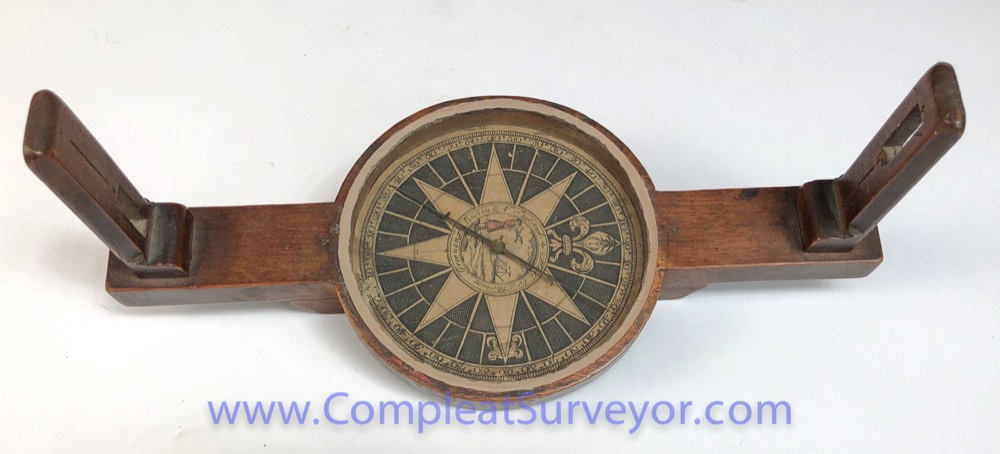
Thomas Greenough
History
Thomas Greenough
1710-1785
Of the various makers of mathematical instruments who lived and worked in the Boston area during the 18th century, unquestionably the most prolific and productive was Thomas Greenough. Constantly engaged throughout his life in a wide range of civic duties and public services, he nevertheless managed to outmatch competitors in his craft in the quantity of instruments he produced and sold, many of which have survived in public and private collections.
Possibly inspired by his father's work as a surveyor, young Thomas became a maker of mathematical instruments, for which there was a steady market from shipmasters in Boston harbor. It is not known how he learned his trade, but it is probable that he was apprenticed to James Halsey II (1695-1767), whose mother was related to the Greenough family. There was a considerable similarity between the compass cards used by Halsey and Greenough. Among Greenough's early advertisements was one that appeared in the Boston Gazette on May 11, 1742:
To be sold by Capt. Cyprian Southack at his House near the Orange Tree and at Mr. Tho. Greenough's Mathematical Instrument Maker near the Draw Bridge, said Southack's Char[t]s of the Coast from Sandy Point of New York to Canso.
His son, Thomas Greenough, Jr. (1738-1775), was apprenticed to him to learn the instrument maker's craft and worked with him until his death. Because he pre-deceased his father, no signed examples of his work appear to be known.
Family History
Thomas Greenough, born in Boston on May 6, 1710, son f John and Elizbeth (Gross) Greenough. His father was a shipwright in the north end of Boston, and one of his brothers, Newman Greenough became a sailmaker. Thomas also had a sister named Jerusha who later figured in his real estate negotiations.
He was a member of the third generation of a family that distinguished itself in Boston trade. The first member of the Greenough family to emigrate from England to the American Colonies was William Greenough (1641-1693), who arrived in Boston in about 1650 at the age of nine in his uncle's ship. Later he established a shipyard on the site of North End Park in Boston at the foot of what became known as Greenough's Alley. In 1673, he became a Freeman of the town. He was admitted to the Ancient and Honorable Artillery Company in 1691 with the rank of ensign. In King Philip's War (1675-1676) he served as captain of one of the eight trained bands of Boston. Greenough, in 1744, was a member of a militia company in Boston and three years later,in 1747, he was listed as third sergeant. He was a firm patriot, held a town office, and was a founder and deacon of the New Brick Church in Boston.
The earliest known record relating to Greenough is of his marriage in 1734 to Martha Clarke, daughter of William and Sarah Clarke of Boston. Nine children resulted from this marriage over the course of the next 16 years; four of these were sons. On January 27 of the year of his marriage he purchased a house on the northwest side of North Street, between Mill Creek and Union Street, from John White and Nathaniel Roberts. On August I, 1736, Greenough purchased the house and land of his father-inlaw, William Clarke, on the south side of Portland Street. On October 28 he mortgaged to his mother his house on Ann Street (which appears to have been the house he had purchased on North Street), and at the same time he deeded to his brother Newman all his right and title in his father's estate at the North End. Greenough was only 24 at the time of his marriage, and he apparently became involved in real estate, by choice or by necessity, to a considerable degree. At some time between 1748 and 1750 Greenough's first wife, Martha, died, and in 1750 he married Sarah Stoddard. Three more children, all sons, resulted from this second marriage. His real estate negotiations continued full pace during the second marriage as during the first.
Greenough's second wife preceded him in death, and Greenough died in 1785 at the age of 75.
One of his sons, John Greenough (1672-1732), also a shipwright and a surveyor, took over and continued the family shipyard. Although the family expected that his son Thomas also would become a shipwright and eventually assume direction of the family enterprise, he did not do so.
Worked Mostly in Wood
Greenough's business accounts, preserved in the Massachusetts Historical Society, include invoices providing interesting data on the current prices for the sale and repair of instruments. As did Halsey, Greenough worked primarily in wood, although one brass surveying compass bearing his name is known. Greenough's instruments consisted primarily of marine compasses, backstaffs and wooden surveying compasses. Although few, if any, of his marine compasses have survived, ten or more each of his backstaffs and of his surveying compasses are owned in public and private collections. The engraved paper compass card Greenough used in both marine compasses and surveying instruments features a shipmaster in mid-18th century garb shown standing on the shore using a backstaff, and visible offshore is a schooner of the same period. The maker's name, "Made by Thomas Greenough, Boston, New England," is inscribed in a riband circling the central motif. In some examples, gilt was added to the riband by the printer, making the words virtually impossible to decipher. Little touches in red added to highlight several of the features of the design are to be found in most examples. Greenough apparently was succeeded in business by his son William Greenough.
Like James Halsey II, Thomas Greenough was a member of the New Brick Church, admitted in 1729 at the age of nineteen, and in 1755 he was chosen deacon. He was married to Martha Clarke in 1734. They were the parents of nine children. After her death in 1749, he married Sara Stoddard, and they were the parents of three sons. He also was active in real estate and owned and sold various properties, in addition to having an interest in the holdings of his wealthy merchant father-in-law, William Clarke.
Community Activities
Constantly involved in Boston's public affairs, Greenough held various public offices. He served as clerk of the markets in 1735 and again in 1743 and was elected constable in 1736 and again in 1739, when he declined the office. From 1750 to 1756 he made "Annual Visitations" for the town, recording the inhabitants and assessing their properties. He also served as an overseer of the poor, a haywarden and a selectman of the town for six years between 1777 and 1785.
In 1769, Greenough joined the Boston Citizens Non-Importation Agreement and was a member of the Committee of Safety during the American Revolution. Like his father and grandfather before him, Greenough was a distinguished member of the Ancient and Honorable Artillery Company, admitted in 1744 as a private and promoted to the rank of captain of the fourth company, Second Massachusetts Regiment, in the Cape Breton expedition.
Revolution Activities
Although his advanced age prohibited him from participation in active duty during the American Revolution, he soon became one of the most active patriots in Boston, serving on numerous town committees before and after the British occupation. During the war years, he was fully occupied making, repairing and selling navigational instruments to Boston shipmasters. He also served as a member of the Revolutionary Committee of Correspondence and was involved in the relief of distress of those whose income was curtailed by the hostilities. He died on August 10, 1785, and was buried in the family vault on Copp's Hill.
Additional Pictures

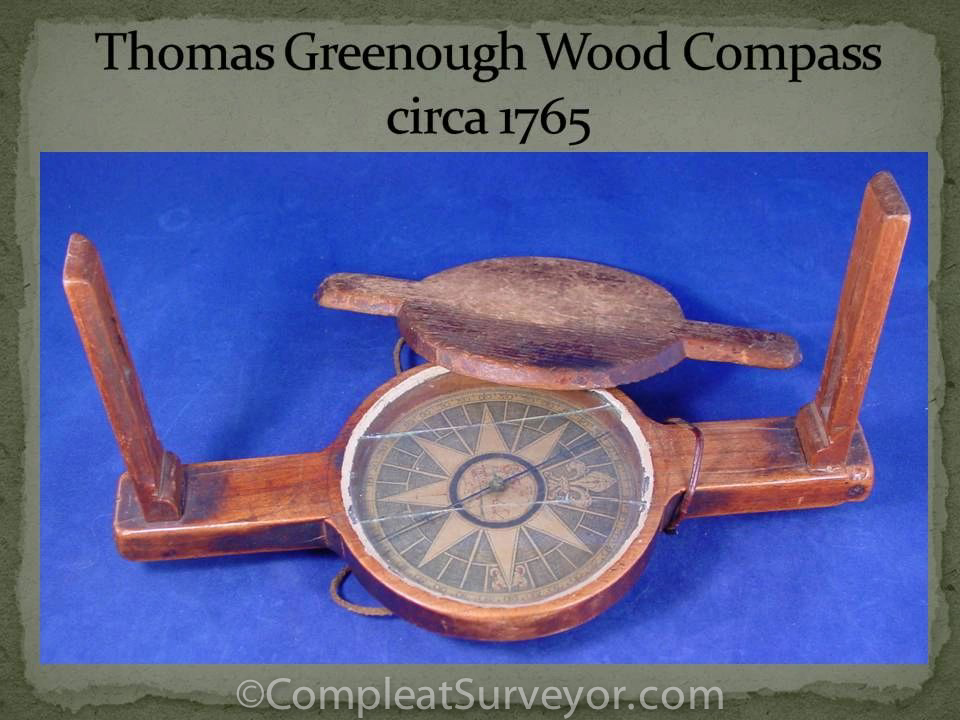
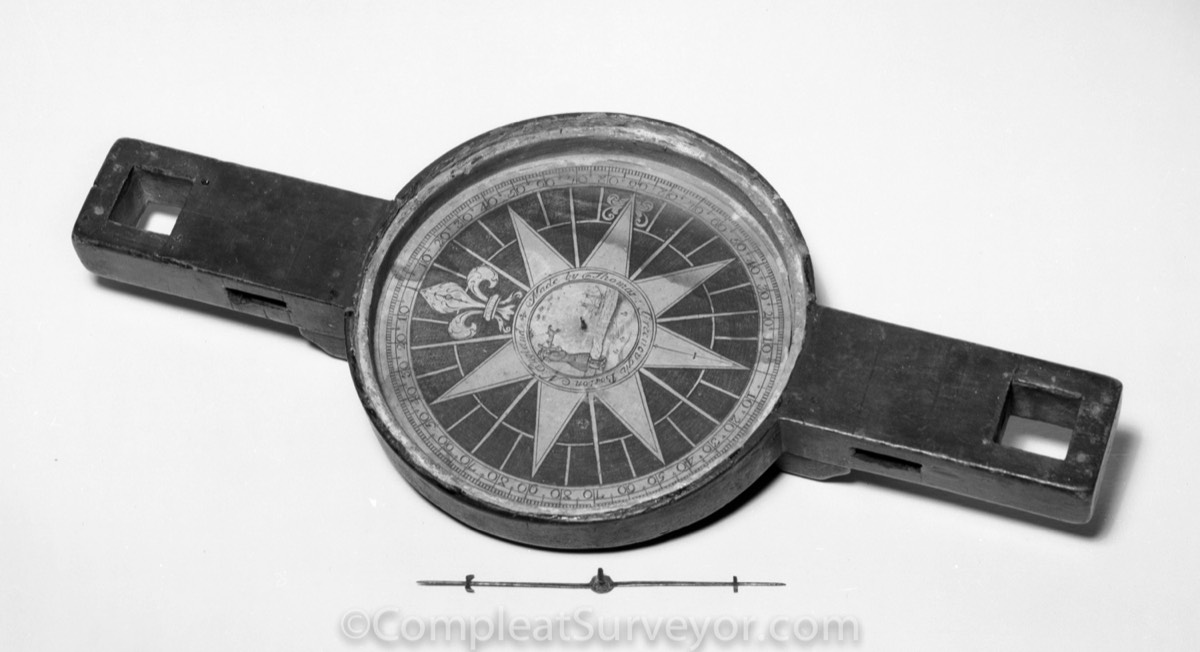
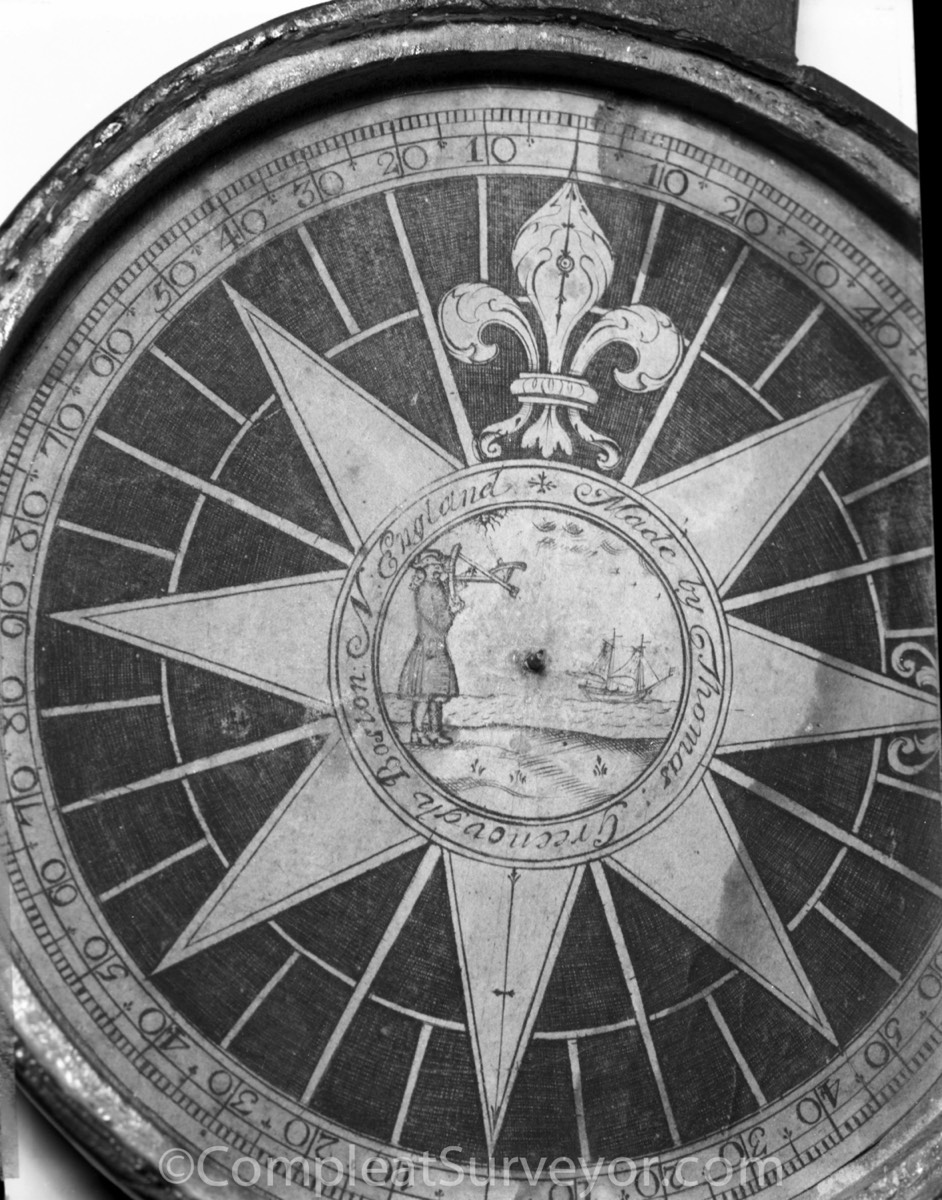
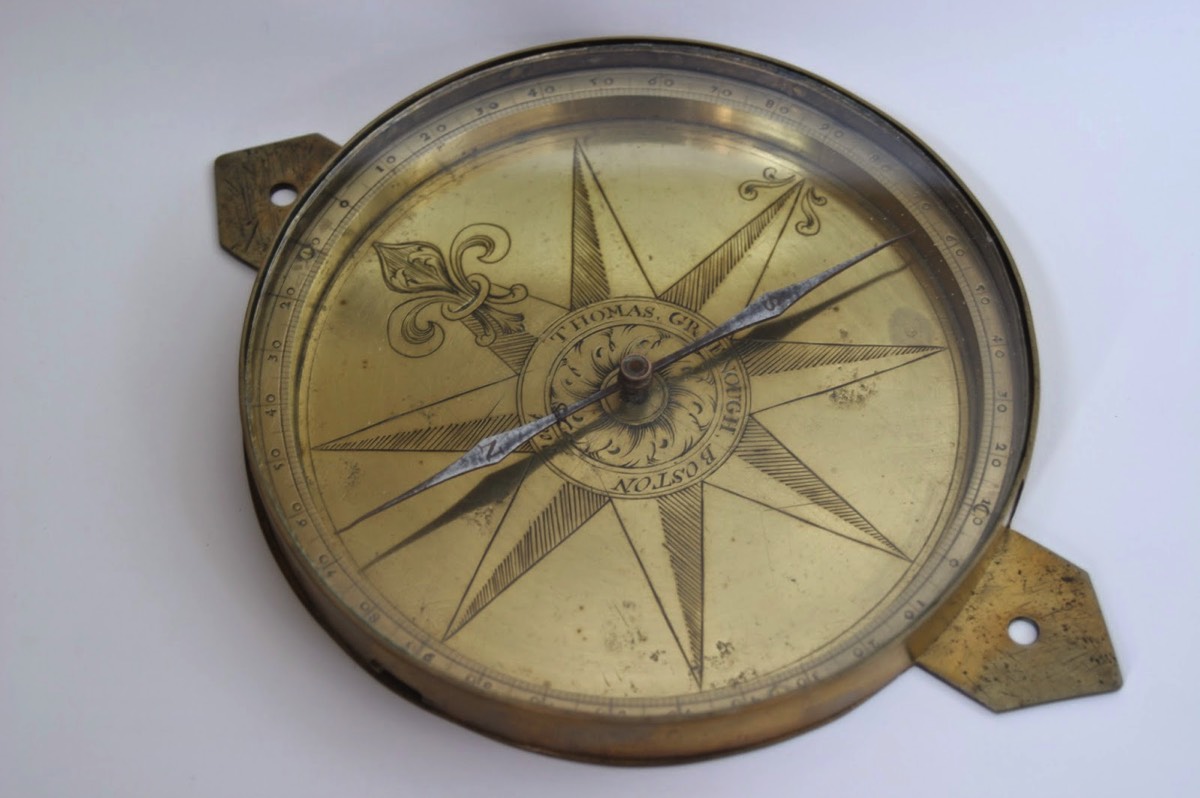
© 2020 Russ Uzes/Contact Me
